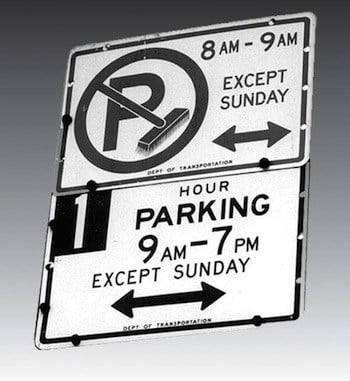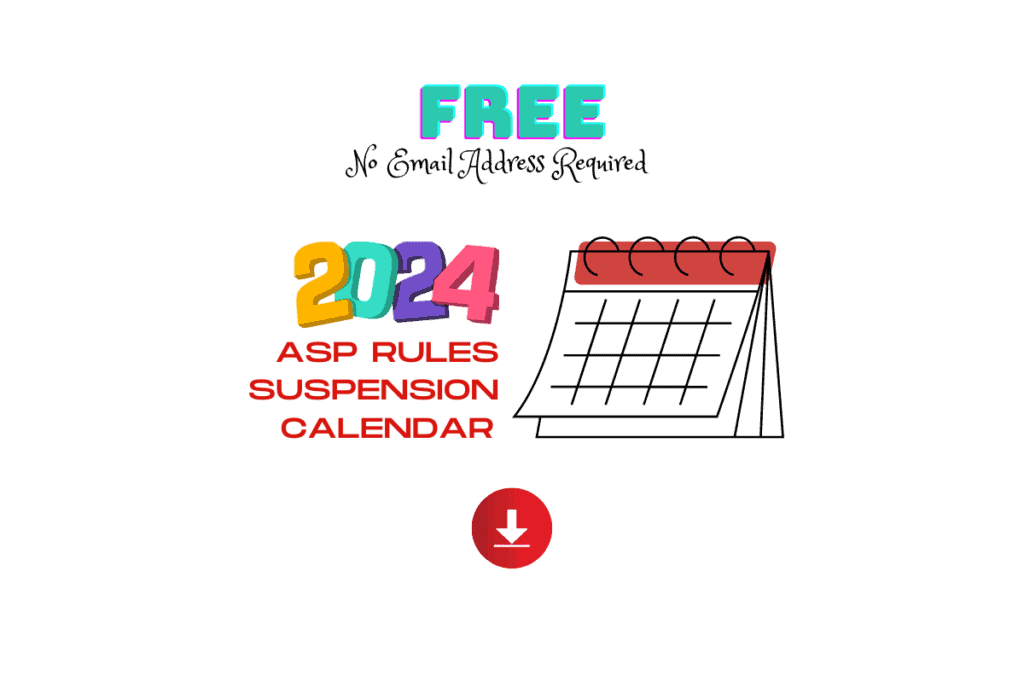Last Updated on November 27, 2023 by Lawrence Berezin
Does the more restrictive parking rule win?
Let me rephrase the question thusly…Does “yes you can” trump “no you can’t?”
A wonderful family from Wisconsin ended their two weeks stay in NYC with a parking ticket and tow because they guessed wrong.
Another super nice member of our driving community was exposed to this conundrum a bit differently than our Wisconsin family. Unfortunately, her response was “yes you can,” and was issued a parking ticket by a warrior that said, “no you can’t.”
The answer my friends isn’t blowing the wind, the answer is the more RESTRICTIVE PARKING SIGN wins.
How did Wiscon-sin boy?
Because he, too, thought the less restrictive sign won the battle of the parking signs. Joe parked, read the three-headed monster on the gotcha pole, and felt safe enough to take his family for some ice cream. Upon his return, Joe found his safe space vacant! His chariot was towed. Here’s the parking sign that tricked him…Joe thought he could park for two hours on Tuesdays at 10 a.m. What do you think?
Red you’re dead
Oh boy…our super nice member of our driving community parked her Toyota straddling an ASP sign, which permitted parking on Tuesdays at 10 a.m. However, behind her car was a red sign with its arrow pointing to the rear of her Toyota. The red parking sign limited parking to trucks on Tuesdays at 10 a.m. She picked the less restrictive sign (she actually believed the front sign controlled her “straddled” parking space and not the rear sign), and her car was towed.
Commentary
Whether you find the “yes you can” parking sign on the same gotcha pole as the “no you can’t” parking sign; or find the battling parking rules displayed on different gotcha poles, the answer my friends is always, every time, the more restrictive parking rule wins if the arrow on the sign points to your parking space! Period, end of story.
If your car straddles an NYC parking sign pole, your car is regulated by each and every parking sign on both parking poles where the arrow(s) points to your parking space. You’ve got to be doubly sure to check for signs in front of your car, and check for parking signs behind your car.
Remember the rule on a parking sign attached to a gotcha pole regulates the parking spaces in the direction of the arrow(s) until the next parking sign, or the end of the block. The Toyota is regulated by the rules on the pole in front of her car and to the rear of her car. The more restrictive rule wins!
Have you ever been faced with this parking sign conundrum? What did you do?


So, why by the taxi and ambulance you said that you won because tge less restrictive one should be followed
Hi Mayer,
Good afternoon.
Thanks for the great question.
When I originally wrote the post, my research and experience was that when two parking signs “collided,” the Evil Empire required drivers to obey the more restrictive parking sign.
However, recently I found a statement on the Evil Empire’s website as follows:
Parking Sign Restrictions